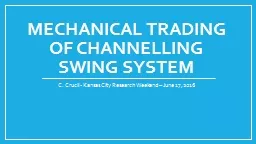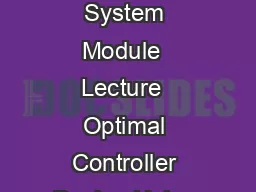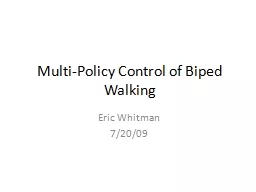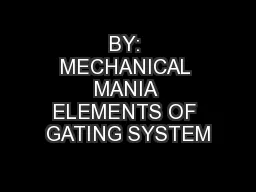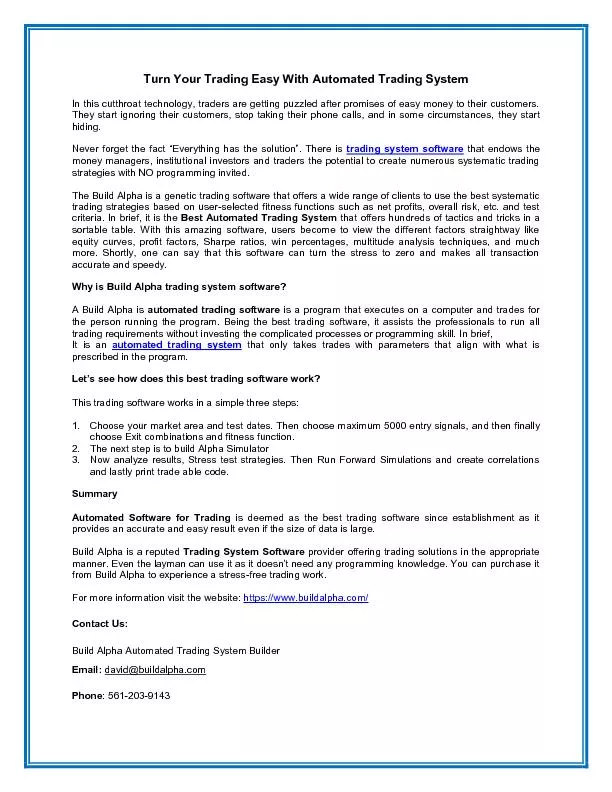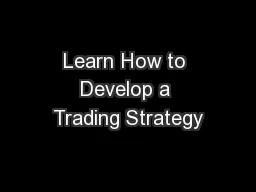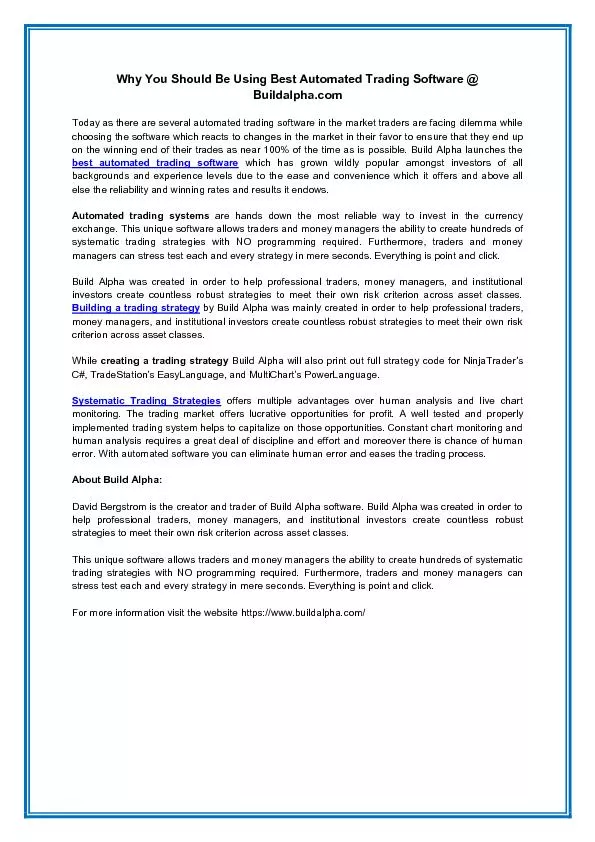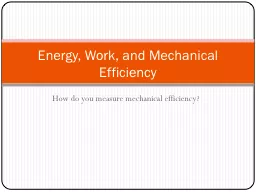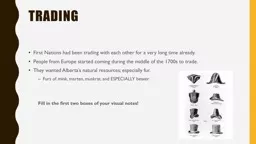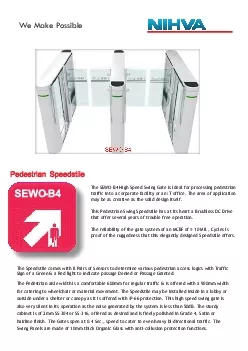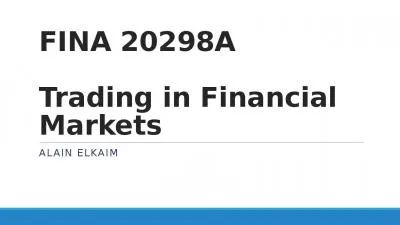PPT-Mechanical trading of channelling swing system
Author : alexa-scheidler | Published Date : 2017-09-27
C Crucil Kansas City Research Weekend June 17 2016 Background Trading for three years intraday swing and long term Trading channeling system for past 15 years
Presentation Embed Code
Download Presentation
Download Presentation The PPT/PDF document "Mechanical trading of channelling swing ..." is the property of its rightful owner. Permission is granted to download and print the materials on this website for personal, non-commercial use only, and to display it on your personal computer provided you do not modify the materials and that you retain all copyright notices contained in the materials. By downloading content from our website, you accept the terms of this agreement.
Mechanical trading of channelling swing system: Transcript
Download Rules Of Document
"Mechanical trading of channelling swing system"The content belongs to its owner. You may download and print it for personal use, without modification, and keep all copyright notices. By downloading, you agree to these terms.
Related Documents

